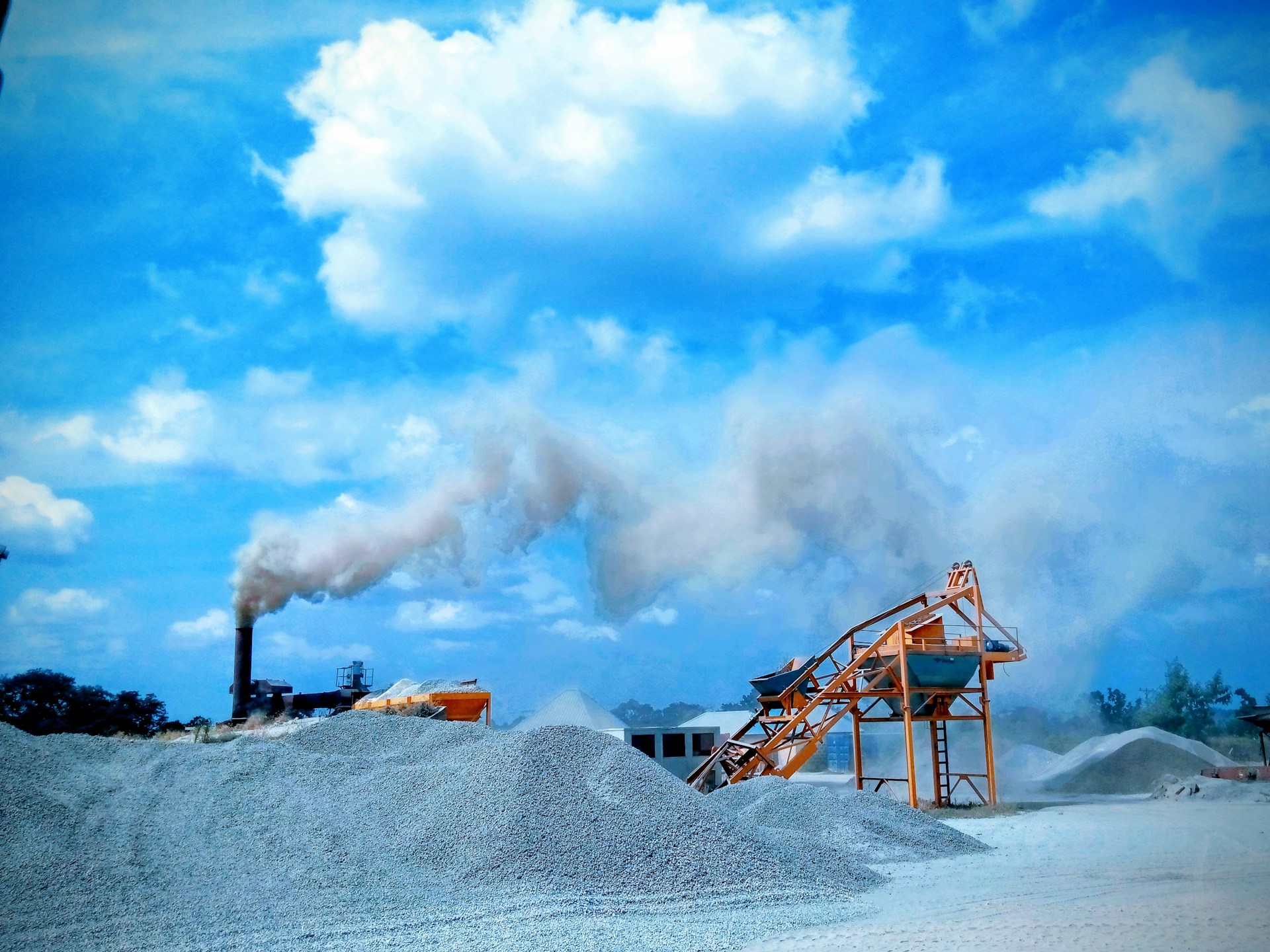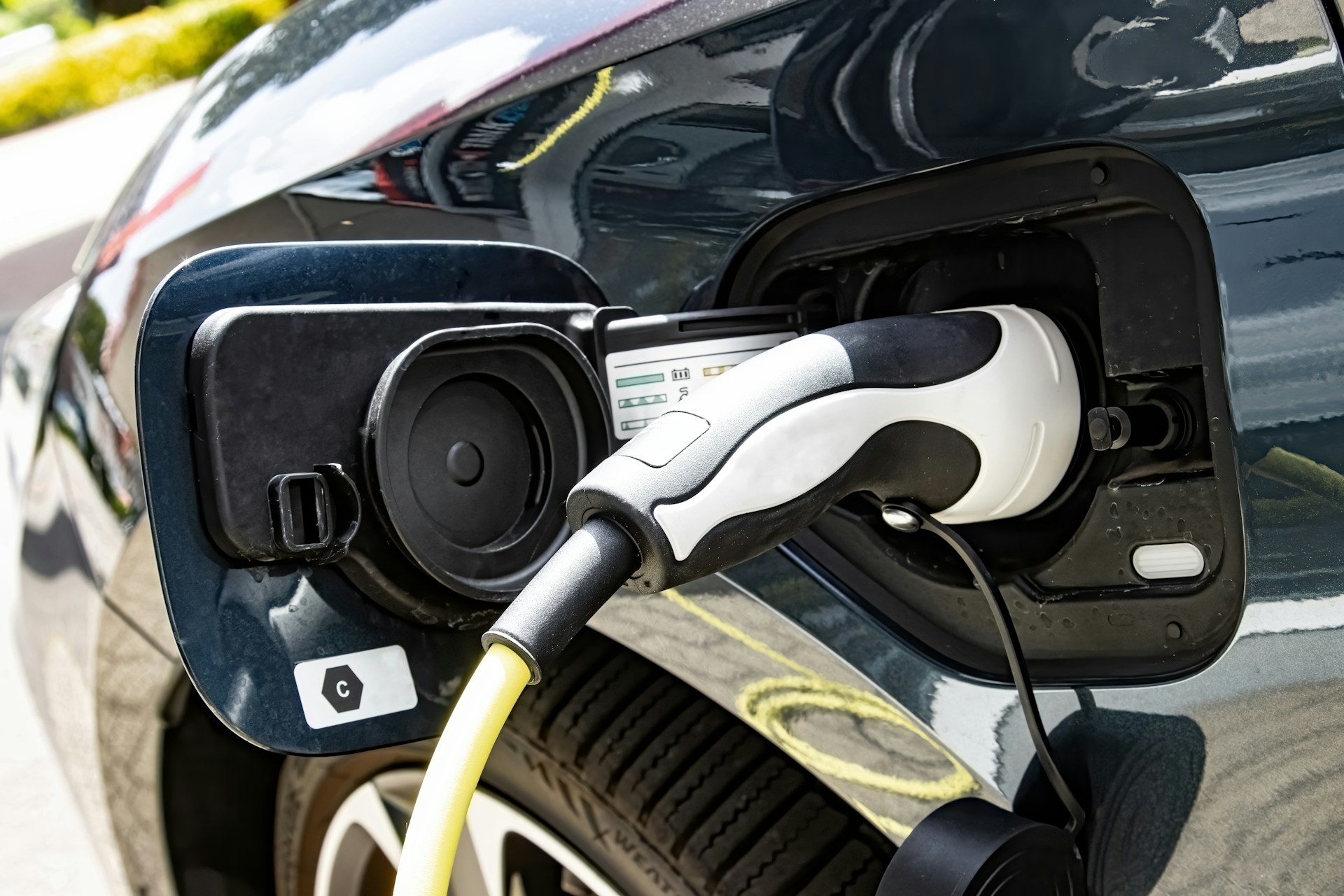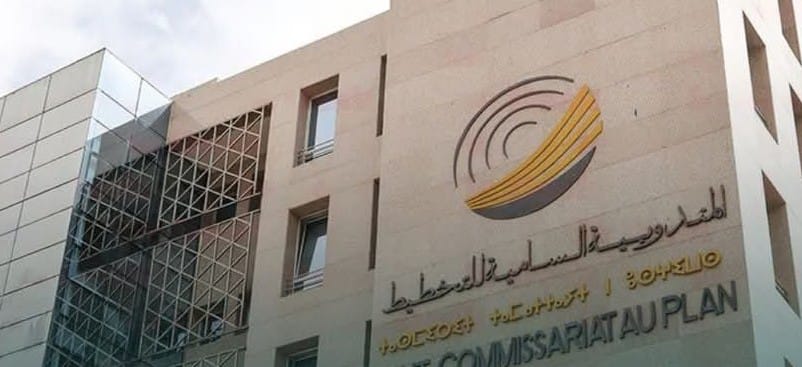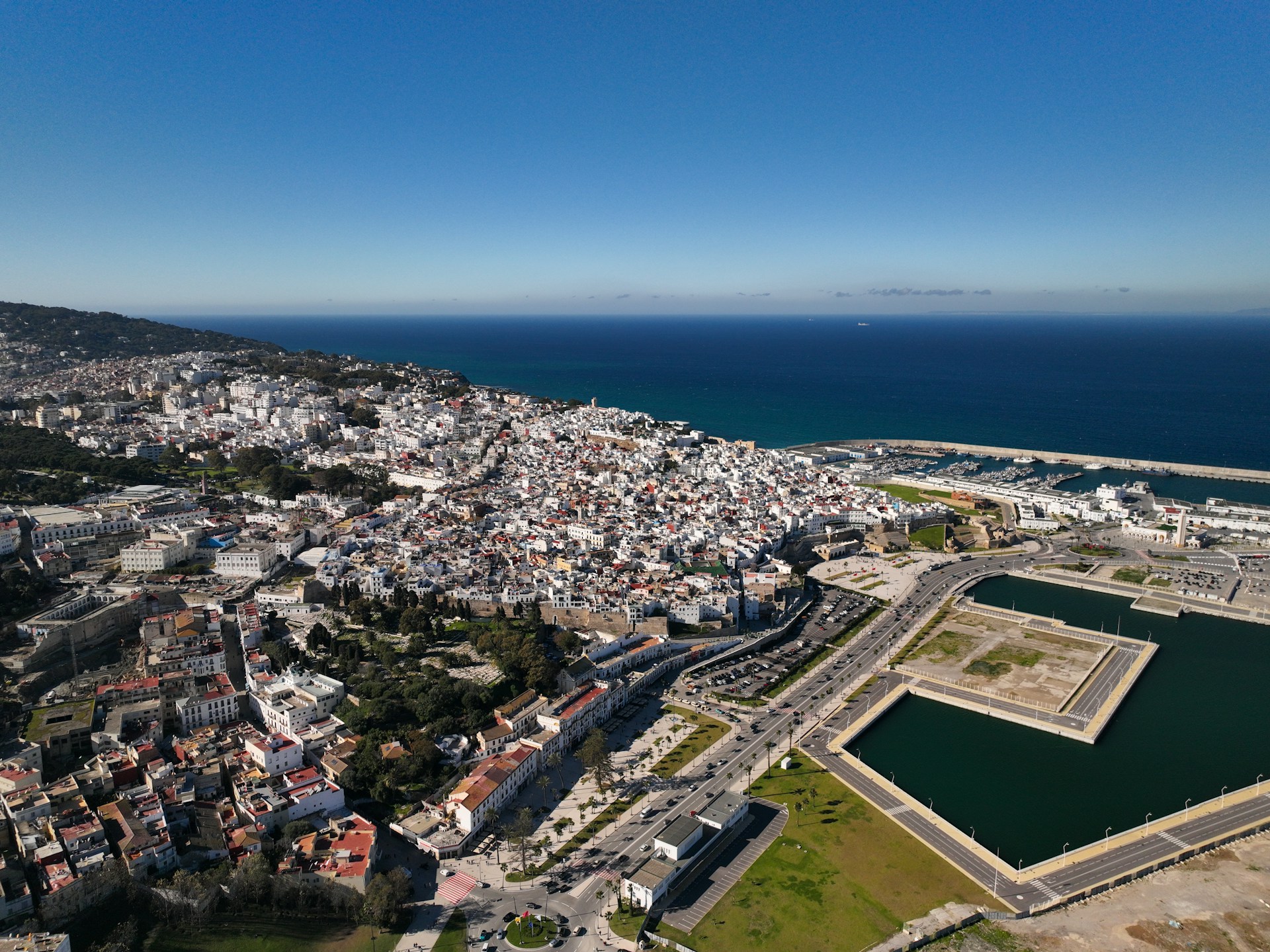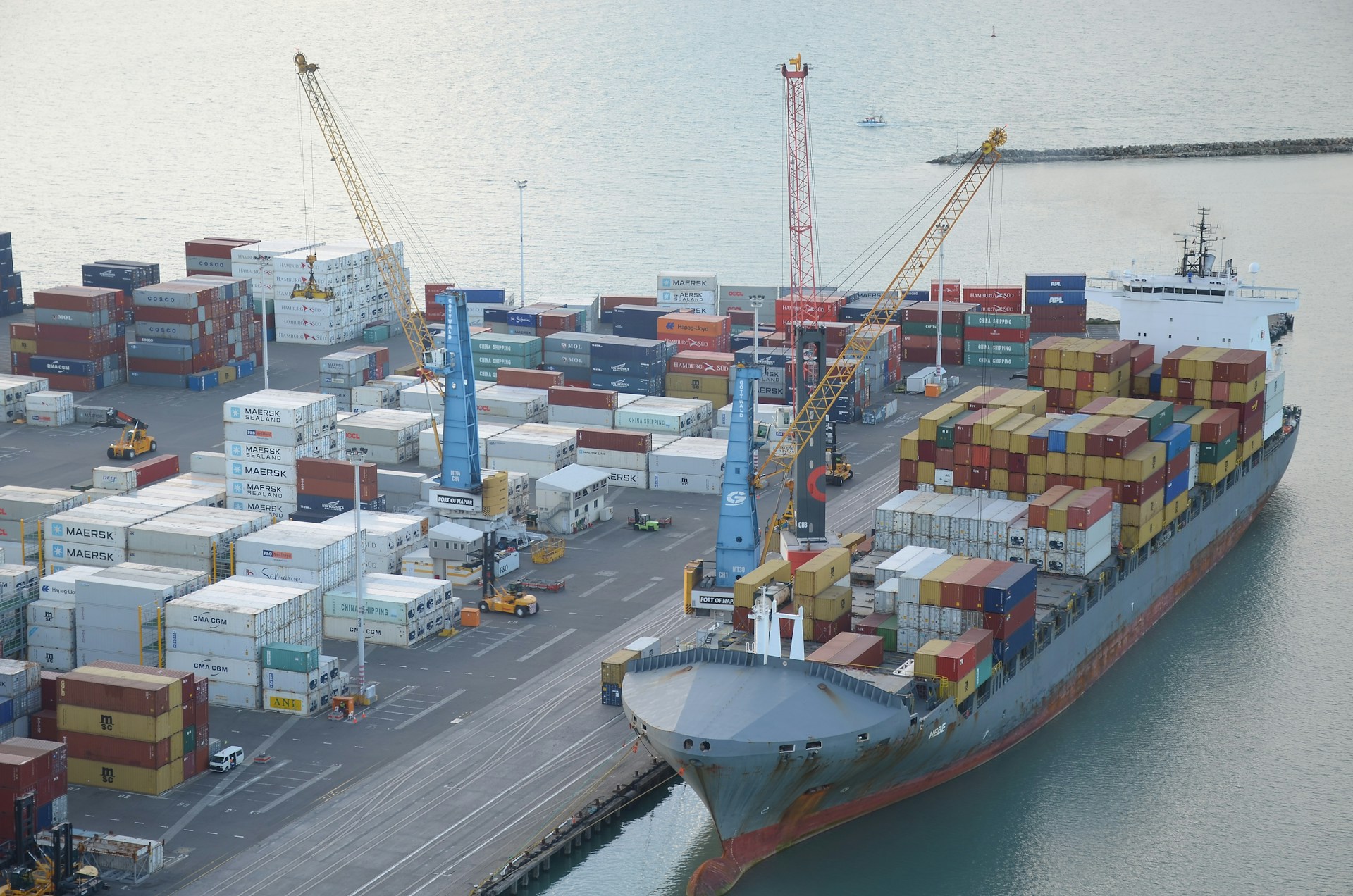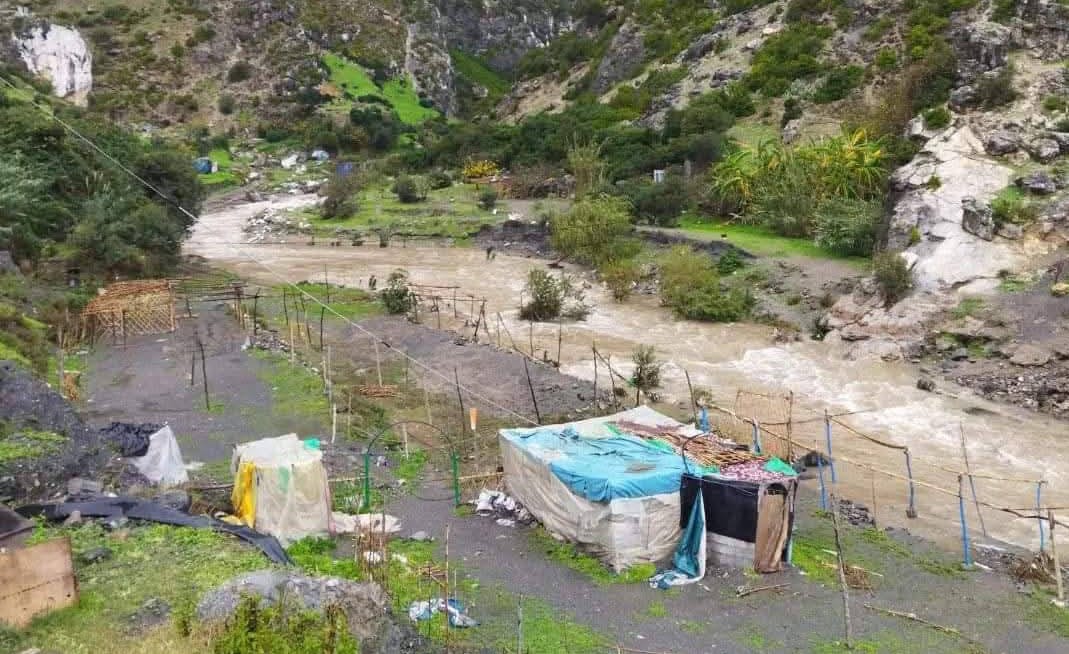Casablanca – Morocco is intensifying its push to become a competitive global hub for electric-vehicle manufacturing, moving rapidly to establish a fully integrated industrial chain that extends from battery components to complete electric cars. The new momentum comes as the government confirms that major battery-production facilities now under construction will form the foundation of a complete national battery industry within the next 15 months.
Speaking at the UN Industrial Development Organization meeting in Riyadh, Minister of Industry and Trade Ryad Mezzour said Morocco’s upcoming battery-production chain will serve two strategic goals: supplying electric-vehicle factories operating in the country and supporting large-scale renewable-energy storage. The government aims to reach a production capacity of 100 gigawatt-hours by 2030, starting with an initial 20 gigawatt-hours as early as next year.
The rapid development of this ecosystem aligns with Morocco’s wider industrial strategy, which seeks to consolidate the country’s position as a leading automotive exporter. In recent years, investors have expanded their commitments in the automotive sector to approximately $30 billion, enabling Morocco to increase annual vehicle production to 1 million units—up from 700,000 previously. The share of locally integrated components has now reached 70%, a level that places Morocco among the highest automotive-integration performers outside the traditional manufacturing powers.
According to official projections, electric vehicles are expected to represent 60% of total automotive exports by 2030. This goal gained symbolic support in early November when Neo Motors, a Moroccan manufacturer, unveiled its first domestically produced electric vehicle. Although still modest in scale, the model signals the beginning of a homegrown EV-manufacturing capacity that the government hopes to expand in parallel with foreign automakers.
The growth of Morocco’s automotive industry is also supported by two major international players: Renault and Stellantis. Combined, their Moroccan plants have a production capacity of about 1 million units per year, including electric and hybrid models destined for markets in Europe, Africa, and the Middle East. In the first nine months of 2025, automotive exports reached about $11.57 billion, reflecting a slight decline of 2.7% yet still securing the sector’s position as the country’s largest export contributor.
Beyond automobiles, Morocco is also expanding its position in the aerospace industry. The country currently hosts around 160 factories specializing in aircraft components, including highly complex parts such as commercial jet engines. Annual transactions in this sector amount to $2.5 billion, and authorities expect this figure to triple over the next five years as international demand rises and Moroccan firms strengthen their technological capabilities.
The drive to expand industrial output is accompanied by efforts to deepen international trade partnerships. On this front, cooperation with Saudi Arabia has gained new attention, particularly following discussions surrounding a revived direct maritime line between the two kingdoms. According to Mezzour, the planned maritime route will reduce logistics costs, increase competitiveness for exporters, and open up new opportunities—especially for small and medium enterprises seeking to expand into Gulf markets.
Saudi Arabia provides Morocco with access to metals, chemicals, and other raw materials through its large heavy-industry base, while Morocco offers diversified processing and manufacturing capabilities that rely on these inputs. Officials from both countries emphasize that their industrial visions are increasingly aligned, creating potential for long-term cooperation in automotive supply chains, energy equipment, fertilizers, and other high-value sectors.
Despite strong political and economic ties, the trade balance remains significantly tilted in Saudi Arabia’s favor. Bilateral trade between the two countries reached $3 billion last year. Moroccan imports from Saudi Arabia—mostly petroleum products—amounted to $2.56 billion, while Moroccan exports to Saudi Arabia totaled only $118.6 million. The new shipping line, along with ongoing efforts to diversify product flows, is expected to gradually narrow this gap.
Looking ahead, Moroccan authorities view the electric-vehicle transition as a major economic opportunity that could reshape the country’s industrial landscape. With global demand for batteries rising sharply, supply chains shifting away from Asia, and Europe seeking more geographically diversified sources, Morocco aims to position itself as a key manufacturing node within trans-Mediterranean value chains.
If current timelines are met, Morocco will become one of the few countries outside Asia, Europe, and North America capable of producing batteries at scale—giving the kingdom a strategic advantage as the global energy and transportation sectors undergo profound shifts. For policymakers in Rabat, the upcoming 15-month period will be decisive in transforming promising investment plans into a long-term competitive industry.



